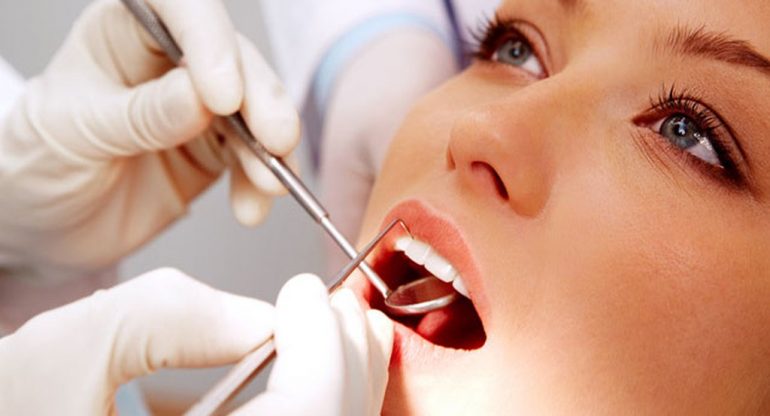With a delay of 6 months, new specialties joined the GESS from last Tuesday, December 1st, namely, the following:
Physiotherapists
Occupational therapists
Speech therapists
Clinical Psychologists
Clinical Dietitians
However, in addition to the five specialties, dentists also joined GESS.
In fact, the first names were posted on the official website of GESS.
Specifically, the dentists who have joined GESS so far are:
- AUGUSTINA DIOMIDOUS - LIMASSOL
- SUNDAY VALENTINA - NICOSIA
- IOANNIS HATZICHARALAMPOUS - LIMASSOL
- LOUKIA STYLIANOU - DERYNEIA / FAMAGUSTA
- NIKOLAOS VRIGAS - LIMASSOL
- NIKOLAOS SAVVIDIS - NICOSIA
- CHARALAMPOS KARMIOS - NICOSIA
- CHRISTINA SIAKALLI - NICOSIA
- CHRISTINA HATZICHRISTOU - LIMASSOL
- CHRISTOS PARAGIALIS - NICOSIA It is emphasized that the number of dentists will increase daily and the names will be posted on the GESSY website.
What they offer and how we will go
Dentists will offer beneficiaries one free cleaning per year. For example, if a beneficiary wants to visit a dentist for cleaning in December, then the next free cleaning can be done in December 2021.
The patient's visit to the dentist for cleaning will take place without any referral.
In its announcement, the Pancyprian Dental Association mentions what exactly will be offered to minor children, while at the same time it mentions the most probable dental procedures that the beneficiary may additionally need even if they will not be covered by GESS.
Age 0-4 years
One visit per year to check the oral cavity and inform the beneficiary / parent / guardian about proper oral hygiene, proper eating habits of the child, avoiding caries, oral habits (finger, pacifier, etc.) addressing them.
This operation, it is noted, is very important, as it enables the diagnosis of pathological conditions of both the teeth and the gums, tongue, lips and in general the entire oral cavity. Taking into account many determining factors, it also enables the Dentist to assess the risk of caries and to recommend the frequency of visits. It is recommended that the first visit be made with the appearance of the first tooth or at the age of one year.
- Most children at this age are advised to have this test twice a year,
- Many children of this age may be at high caries risk. The dentist in these children may recommend fluoridation of the teeth 2-4 times a year,
- In many children of this age there is already a need for more treatments (occlusions, endodontic treatments, extractions, etc.).
Age 4-6 years
One visit per year for hair removal, oral cavity control and informing the beneficiary / parent / guardian about the proper oral hygiene, the correct eating habits of the child, the avoidance of caries, the oral habits (finger breastfeeding, etc.) their.
Possible additional recommendations:
- Most children at this age are advised to have this test twice a year,
- Many children of this age may be at high caries risk. The dentist in these children may recommend fluoridation of the teeth 2-4 times a year,
- In many children of this age there is already a need for more treatments (occlusions, endodontic treatments, extractions, etc.).
Age 6-12 years
One visit a year to defrost, fluoridate and control the oral cavity.
Possible additional recommendations:
- In children of this age it is recommended that this test be performed twice a year, as well as fluoridation 2-2 times a year, depending on the risk of caries,
- In several children of this age there is already a need for more treatments (occlusions, endodontic treatments, extractions, etc.),
- Orthodontic assessment or monitoring and / or treatment is recommended.
Age 12 years and over (including adults)
One visit a year to defrost and check the oral cavity.
Possible additional recommendations:
- Most people are advised to have this test twice a year,
- In people up to 18 years of age, fluoridation is recommended twice a year, as well as orthodontic evaluation or monitoring and / or treatment
- Often people of this age have established periodontal disease, ie gingivitis (***) or periodontitis (****), conditions that can not be treated in just one visit,
- In most people of this age there is already a need for more treatments (occlusions, endodontic treatments, extractions, etc.).
Source: Offsite
